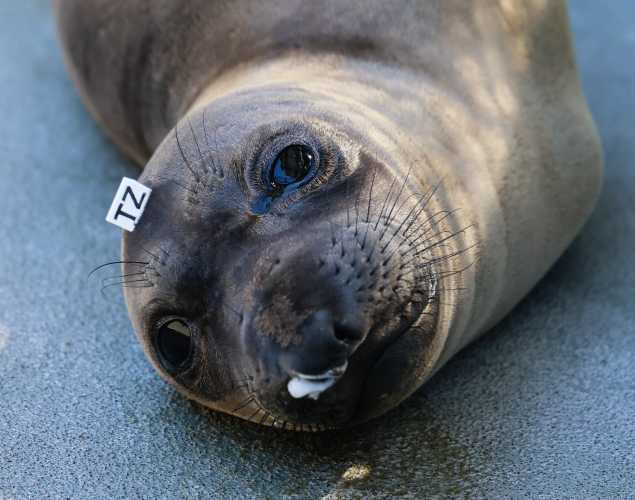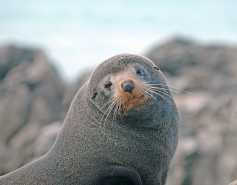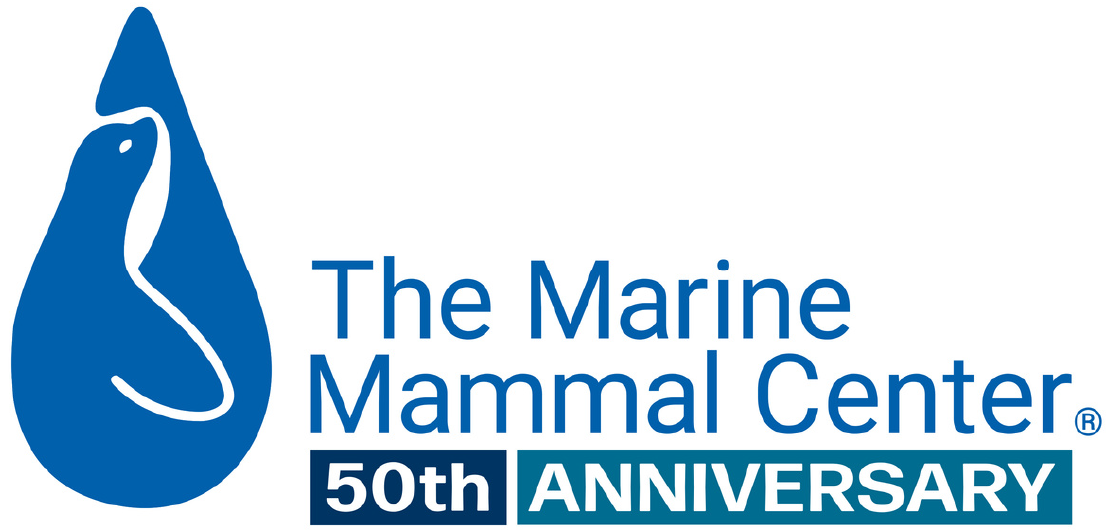
Infection Dynamics of Influenza Virus A in California Sea Lions and Northern Elephant Seals
- Infectious disease
Abstract
To understand susceptibility of wild California sea lions and Northern elephant seals to influenza A virus (IAV), we developed an ex vivo respiratory explant model and used it to compare infection kinetics for multiple IAV subtypes. We first established the approach using explants from colonized rhesus macaques, a model for human IAV. Trachea, bronchi, and lungs from 11 California sea lions, 2 Northern elephant seals, and 10 rhesus macaques were inoculated within 24 h postmortem with 6 strains representing 4 IAV subtypes. Explants from the 3 species showed similar IAV infection kinetics, with peak viral titers 48 to 72 h post-inoculation that increased by 2 to 4 log10 PFU/explant relative to the inoculum. Immunohistochemistry localized IAV infection to apical epithelial cells. These results demonstrate that respiratory tissue explants from wild marine mammals support IAV infection. In the absence of the ability to perform experimental infections of marine mammals, this ex vivo culture of respiratory tissues mirrors the in vivo environment and serves as a tool to study IAV susceptibility, host range, and tissue tropism. IMPORTANCE Although influenza A virus can infect marine mammals, a dearth of marine mammal cell lines and ethical and logistical challenges prohibiting experimental infections of living marine mammals mean that little is known about IAV infection kinetics in these species. We circumvented these limitations by adapting a respiratory tract explant model first to establish the approach with rhesus macaques and then for use with explants from wild marine mammals euthanized for nonrespiratory medical conditions. We observed that multiple strains representing 4 IAV subtypes infected trachea, bronchi, and lungs of macaques and marine mammals with variable peak titers and kinetics. This ex vivo model can define infection dynamics for IAV in marine mammals. Further, use of explants from animals euthanized for other reasons reduces use of animals in research.
Liu, H., Plancarte, M., Ball, E.E., Weiss, C.M., Gonzales-Viera, O., Holcomb, K., Ma, Z.M., Allen, A.M., Reader, J.R., Duignan, P.J. and Halaska, B., 2020. Respiratory tract explant infection dynamics of influenza A virus in California sea lions, northern elephant seals, and rhesus macaques. Journal of Virology, pp.JVI-00403.
Related Publications
{"image":"\/Animals\/Wild\/Other species\/nz-sea-lion-shutterstock.jpg","alt":"New Zealand sea lion","title":"Causes of Death in Two Populations of New Zealand Sea Lions","link_url":"https:\/\/www.marinemammalcenter.org\/publications\/causes-of-death-in-two-populations-of-new-zealand-sea-lions","label":"Research Paper"}

{"image":"\/Animals\/Patients\/California sea lions\/csl-by-bill-hunnewell-c-the-marine-mammal-center-6.jpg","alt":"California sea lions","title":"Zoonotic Bacteria Persistence and Susceptibility","link_url":"https:\/\/www.marinemammalcenter.org\/publications\/zoonotic-bacteria-persistence-and-susceptibility","label":"Research Paper"}

{"image":"\/Animals\/Patients\/California sea lions\/cropped-images\/csl-photo-by-bill-hunnewell-c-the-marine-mammal-center-1-0-0-2358-1722-1600891644.jpg","alt":"California sea lions","title":"Emerging Viruses in Marine Mammals","link_url":"https:\/\/www.marinemammalcenter.org\/publications\/emerging-viruses-in-marine-mammals","label":"Research Paper"}

{"image":"\/Animals\/Patients\/California sea lions\/csl-photo-by-bill-hunnewell-c-the-marine-mammal-center-12.jpg","alt":"two California sea lions","title":"Multi-Phase Muscle Breakdown in California Sea Lions","link_url":"https:\/\/www.marinemammalcenter.org\/publications\/multi-phase-muscle-breakdown-in-california-sea-lions","label":"Research Paper"}

Recent News
{"image":"\/Animals\/Patients\/Harbor seals\/2020\/cropped-images\/hs-barnwood-by-bill-hunnewell-c-the-marine-mammal-center-315-0-3299-2577-1607370547.jpg","alt":"harbor seal Barnwood","title":"Last-Minute Gift Guide \u2013 Top Gifts that Give Back to Marine Animals","link_url":"https:\/\/www.marinemammalcenter.org\/news\/last-minute-gift-guide","label":"News Update","date":"2025-12-18 01:00:00"}

Last-Minute Gift Guide – Top Gifts that Give Back to Marine Animals
December 18, 2025
Read More{"image":"\/Animals\/Patients\/Hawaiian monk seals\/2025\/cropped-images\/b-ru72admission-to-ke-kai-ola112125photo-c-the-marine-mammal-center-noaa-permit-24359-0-364-1270-992-1766095407.jpg","alt":"A newborn Hawaiian monk seal pup with a black coat in rehabilitative care.","title":"Newborn Hawaiian Monk Seal Pup Now Receiving Care","link_url":"https:\/\/www.marinemammalcenter.org\/news\/newborn-hawaiian-monk-seal-pup-now-receiving-care","label":"Patient Update","date":"2025-12-18 01:00:00"}

{"image":"\/Animals\/Patients\/Hawaiian monk seals\/2025\/cropped-images\/d-ru28release-exam-at-ke-kai-ola111025photo-by-giancarlo-rulli-c-the-marine-mammal-center-noaa-permit-24359-0-0-1270-992-1764620886.jpg","alt":"","title":"Bird Flu Vaccine Trial Offers Hope for Protecting Hawaiian Monk Seals","link_url":"https:\/\/www.marinemammalcenter.org\/news\/bird-flu-vaccine-trial-may-offer-hope-for-protecting-hawaiian-monk-seals","label":"News Update","date":"2025-12-01 08:13:00"}

Bird Flu Vaccine Trial Offers Hope for Protecting Hawaiian Monk Seals
December 1, 2025
Read More{"image":"\/Animals\/Patients\/Hawaiian monk seals\/2021\/hms-pp08-by-sheila-latta-c-the-marine-mammal-center-noaa-permit-18786.jpg","alt":"Hawaiian monk seal","title":"The New York Times: Inside the Bird-Flu Vaccine Trial for Monk Seals","link_url":"https:\/\/www.marinemammalcenter.org\/news\/the-new-york-times-inside-the-bird-flu-vaccine-trial-for-monk-seals","label":"In the News","date":"2025-12-01 01:00:00"}

The New York Times: Inside the Bird-Flu Vaccine Trial for Monk Seals
December 1, 2025
Read More
